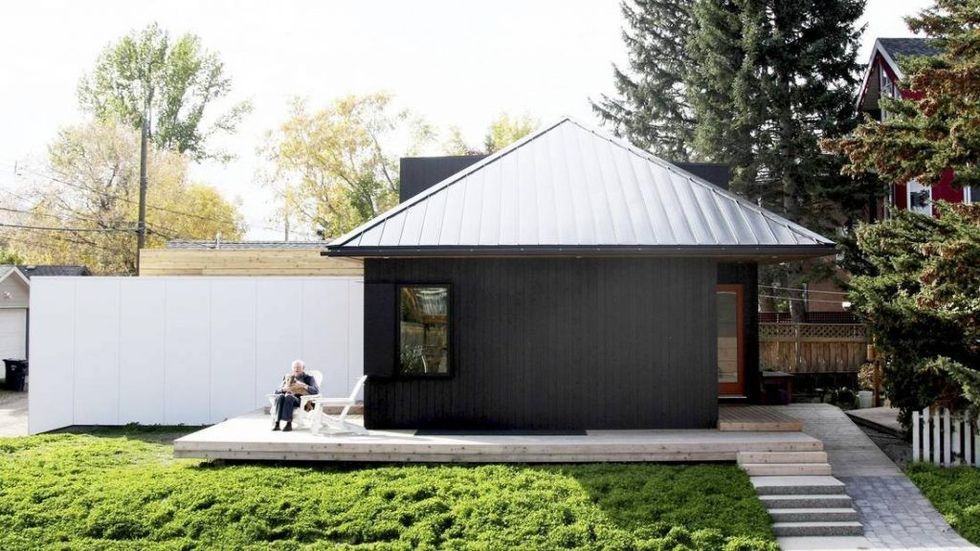
Laneway housing offers 2400 solutions to Toronto's housing crisis.
And now the "Changing Lanes" motion has officially concluded its required appeal periods — without appeals. So Changing Lanes can be the game changer Toronto housing needs.
Back in June, Storeys reported that the Toronto and East York Community Council finally approved regulations that would allow homeowners with properties that backed onto laneways to build a small house at the back of their lot. Those small homes could be used as rentals or granny suites.
READ: Laneway Homes Offer 2400 Solutions To Toronto’s Housing Crisis
While it may seem as though Toronto is running out of space, as the population grows and grows. Laneway housing could solve this problem.
Laneway housing is becoming more and more popular — especially on the West Coast, where you’ll find homes built into pre-existing lots, often backyards that open onto the back lane.
About 100,000 new residents move to the GTA each year. So, Toronto is in desperate need of intensification solutions. We have nearly 2,400 of them: Our laneways.
These laneways, amount to 300 kilometres of under-utilized space — and thus 300 kilometres of possibilities.
READ: Canada’s Best And Worst Cities For Jobs And Affordable Homes
Back in 2006, Toronto could have been an early-adopter of laneway housing. This could've helped to plan for our rapidly growing future. But a laneway housing proposal was rejected by our city council as unsupportable.
Cities like Vancouver and Ottawa, ended up leading the way on laneway homes, where they have already adopted policies for backyard housing. Success in those cities, helped paved the way — or lane — for laneway housing in Toronto.
A comprehensive new proposal by a group of Toronto developers, planners and designers garnered public support and an audience with city staff.
The proposal, authored by Lanescape in partnership with the non-profit Evergreen, is distinct from the 2006 proposal in a number of defining ways. First, the laneway “suites” envisioned are “non-severable” and “ancillary to the dwelling.”
EXCLUSIVE: Mayor John Tory Plans To Make Toronto More Affordable
According to Lanescape’s Andrew Sorbara, this distinction helps to satisfy the zoning bylaw that sunk the 2006 proposal, which prohibits the construction of a house behind a house.
Sorbara explains that the proposed suites would be considered part of the principal structure’s property, much like a basement apartment. That said, they could not be sold separately from the house. The suites would also need to be built smaller than the principal dwelling.
So Toronto is now one step — and perhaps 2400 solutions — closer to dealing with its affordable housing crisis.




















